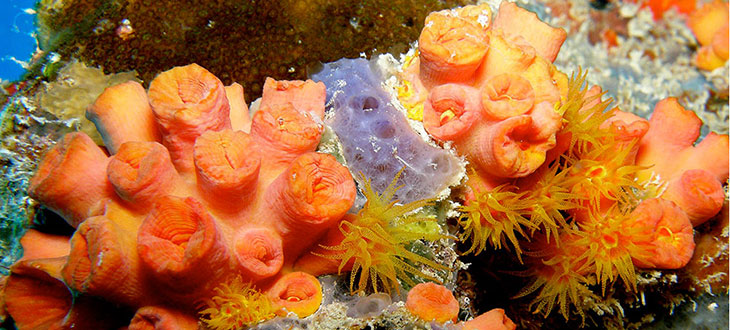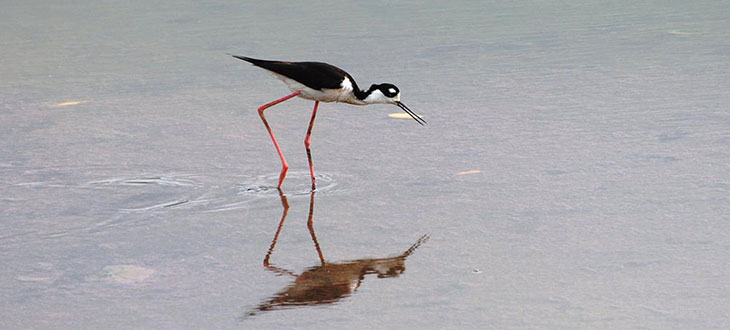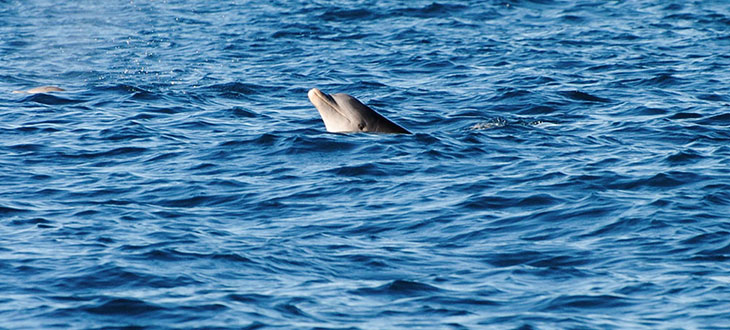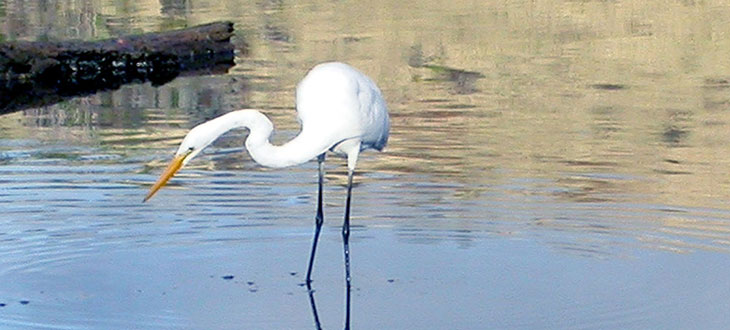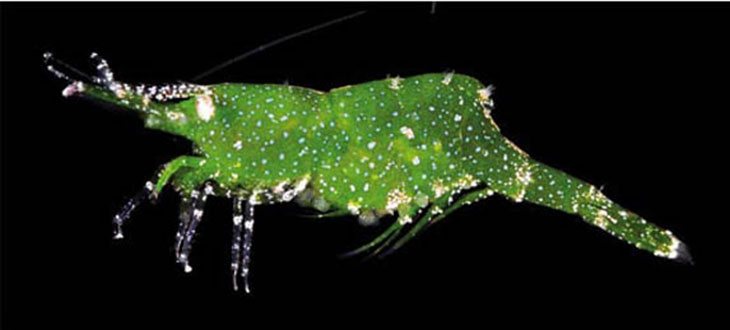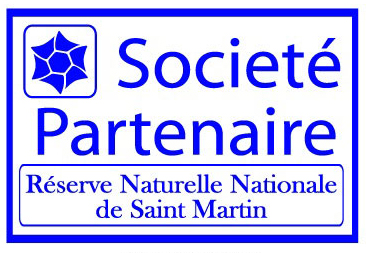The Réserve Naturelle of Saint Martin does a scientific study of the ocean’s depths since 2007.
Each year, they make a repertory of all coral less than two centimeters, count and measure conch and sea urchins, inventory underwater plants, and verify the layers covering of the substratum. Underwater plant beds provide a nursery for numerous species and offer them protection and food.
These plants represent a fragile, endangered ecosystem, that plays a determining role in the purification of coastal waters.
The coral reefs protect the coast from swells. The coral also serves as a habitat for thousands of species—for food, refuge and nurseries.
Boat anchors pull up underwater plants and damage the coral, while chains destroy them all along the length of the links, and it takes decades for some of these species to recover and regenerate.
That is why it is essential for boats to use the mooring buoys put at their disposal or drop their anchors in sandy areas only. It is forbidden to break or damage the reefs with fins.
Fishing is prohibited in the entire Réserve Naturelle, as well as removal of anything animal or vegetal.

